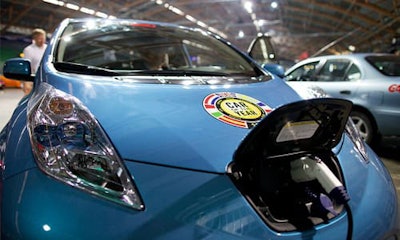
By CRM Staff
Toronto, Ontario — January 2 2018 — The province of Québec just got a bill in the mail. Bill 104 is “an Act to increase the number of zero-emission motor vehicles in Québec in order to reduce greenhouse gas and other pollutant emissions.” Isabelle Melançon, the Québec Minister of Sustainable Development, the Environment, and the Fight Against Climate Change, recently saw the final regulations issued in support of Bill 104, but not everybody is happy.
“These regulations create unique requirements and burdens which may result in unintended consequences for consumers, automobile dealers, industry and ultimately, Québec’s economy,” says Mark Nantais, President of the Canadian Vehicle Manufacturers’ Association (CVMA).
David Adams, President of the Global Automakers of Canada, says: “The final regulation released today incorporates only some minor changes to the regulation from the draft released last summer. There are still many aspects of the regulation that will continue to be very problematic for manufacturers, dealers and ultimately consumers.”
There is always a need to pave the way for the future. Regulations may be pivotal to meeting sustainable market demands in the ZEV (Zero Emissions Vehicle) segment down the road. However, today the ZEV segment represents ZEV only 1% of vehicle sales in Québec. Nantais thinks the future looks towards growth: “Automakers are investing heavily in new electric and fuel cell vehicles and offering them for sale in steady and significantly increasing numbers.”
Bill 104 seeks to address that growth with demand-focused policies, such as well-located, high-speed re-fuelling infrastructure for Zero Emission Vehicles (ZEV), the maintenance of sales incentives, and increased levels of education regarding ZEVs. It sounds good on paper, but these regulations may be hard on the automotive market. Even after consultation, Québec’s newly adopted regulations remain more stringent—both a narrower compliance window and fewer compliance pathways—than equivalent regulations in California.
“Unfortunately, as currently structured the regulations will result in the government collecting charge payments as opposed to significantly increasing the number of ZEVs on the road—which was the stated objective of the legislation,” says Adams. “Ultimately, consumers will decide which vehicle is best suited to their needs.” Adams adds: “These challenges will require additional consultations, and we look forward to engaging with the Minister early in the new year.”
Collision Repair magazine will have more on this story as it develops.



















